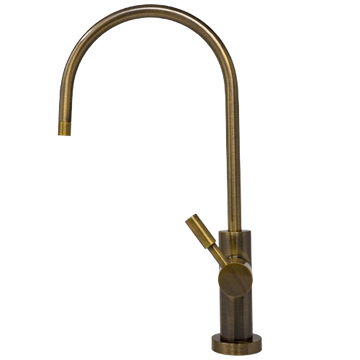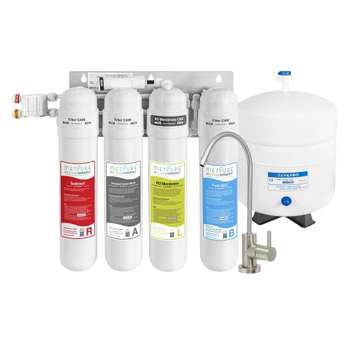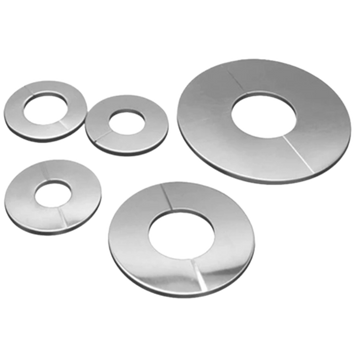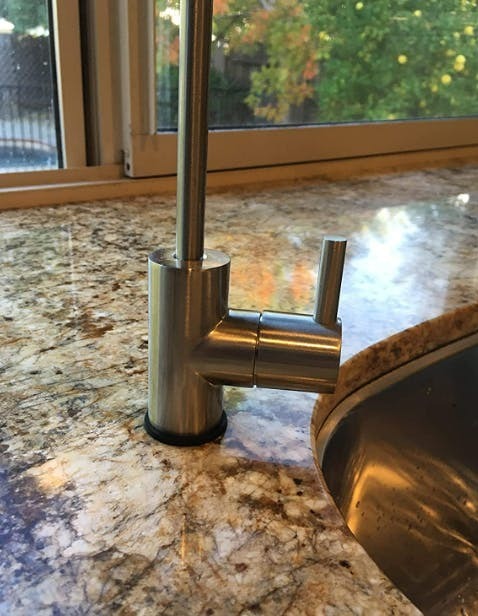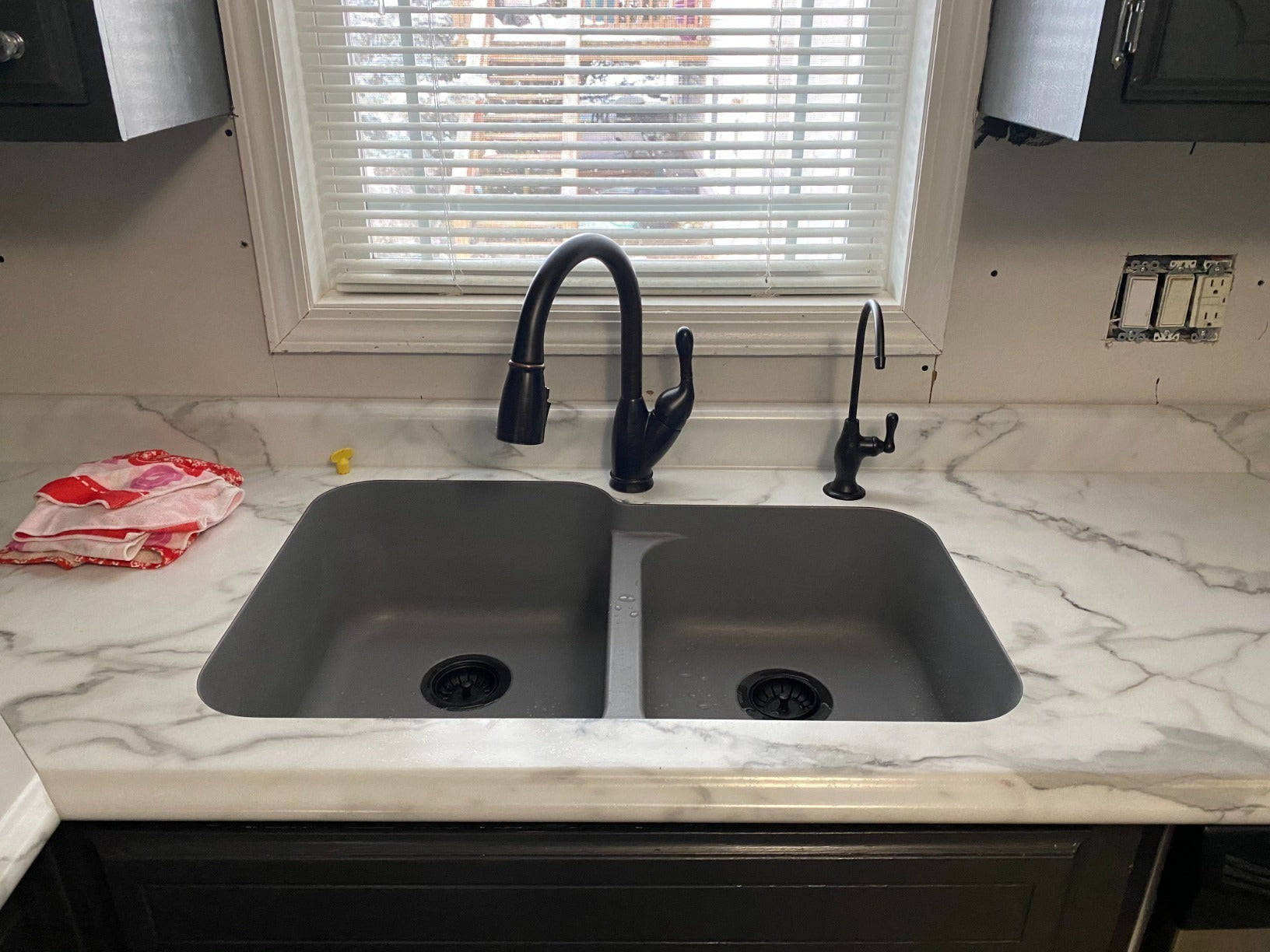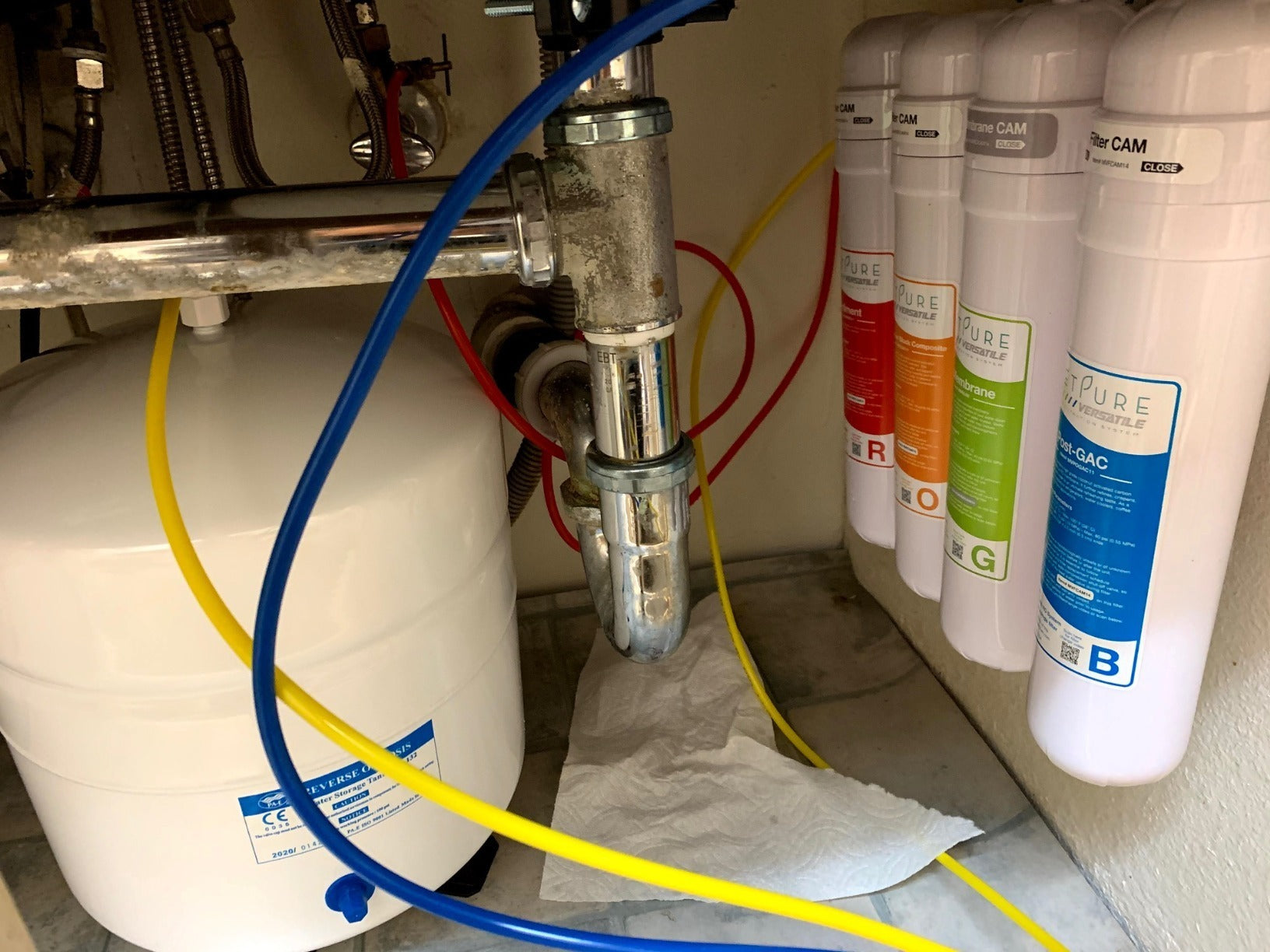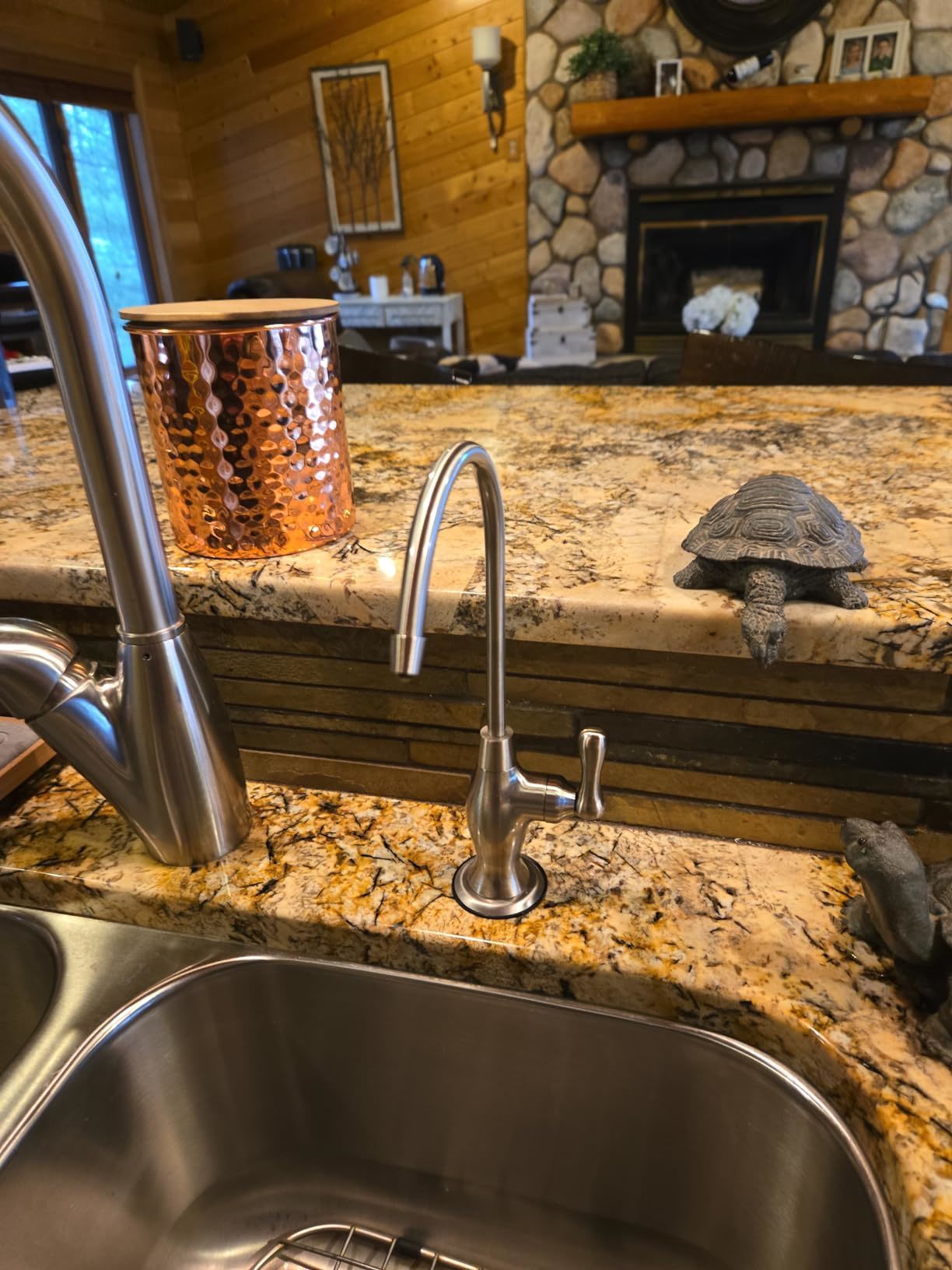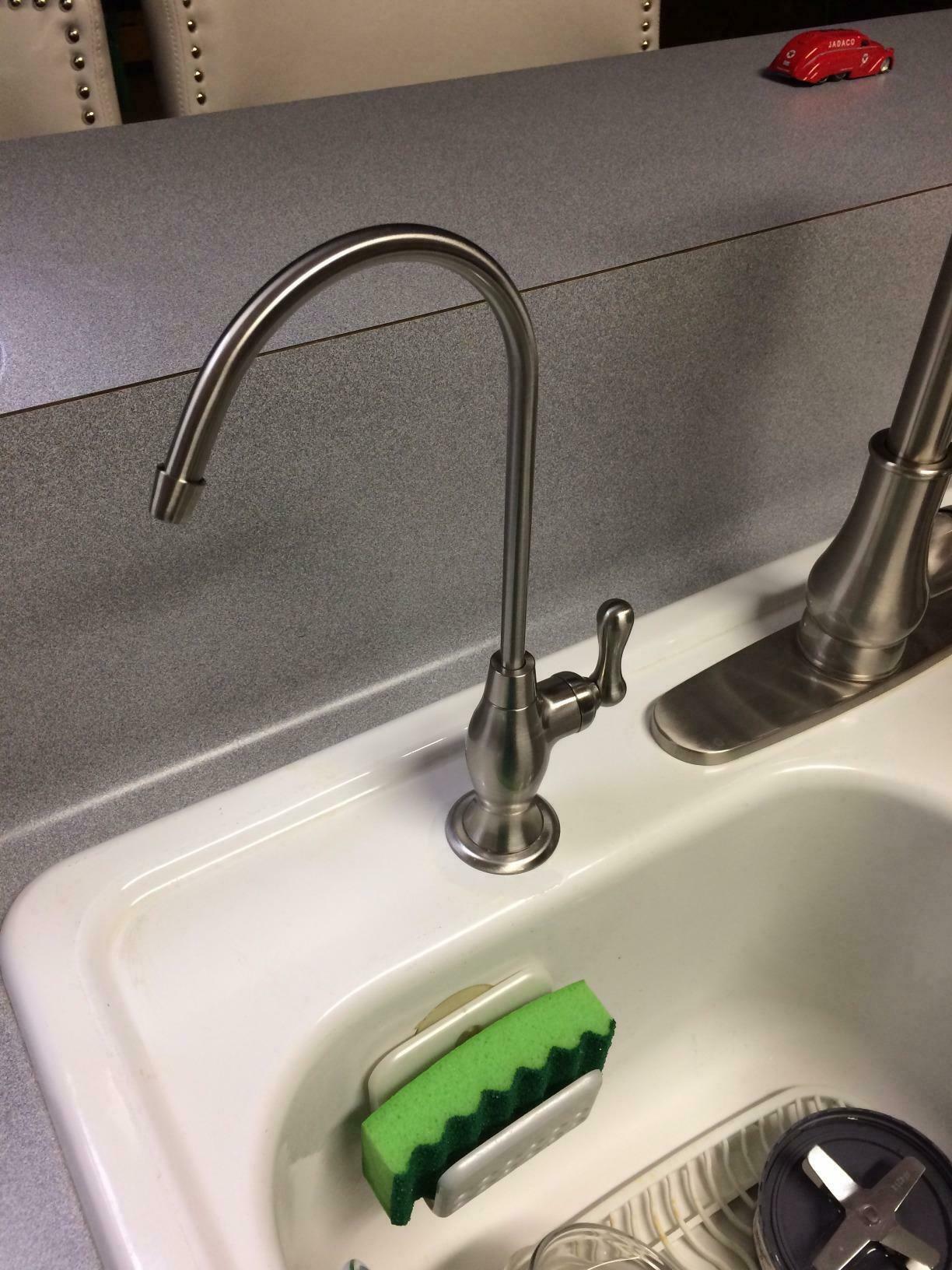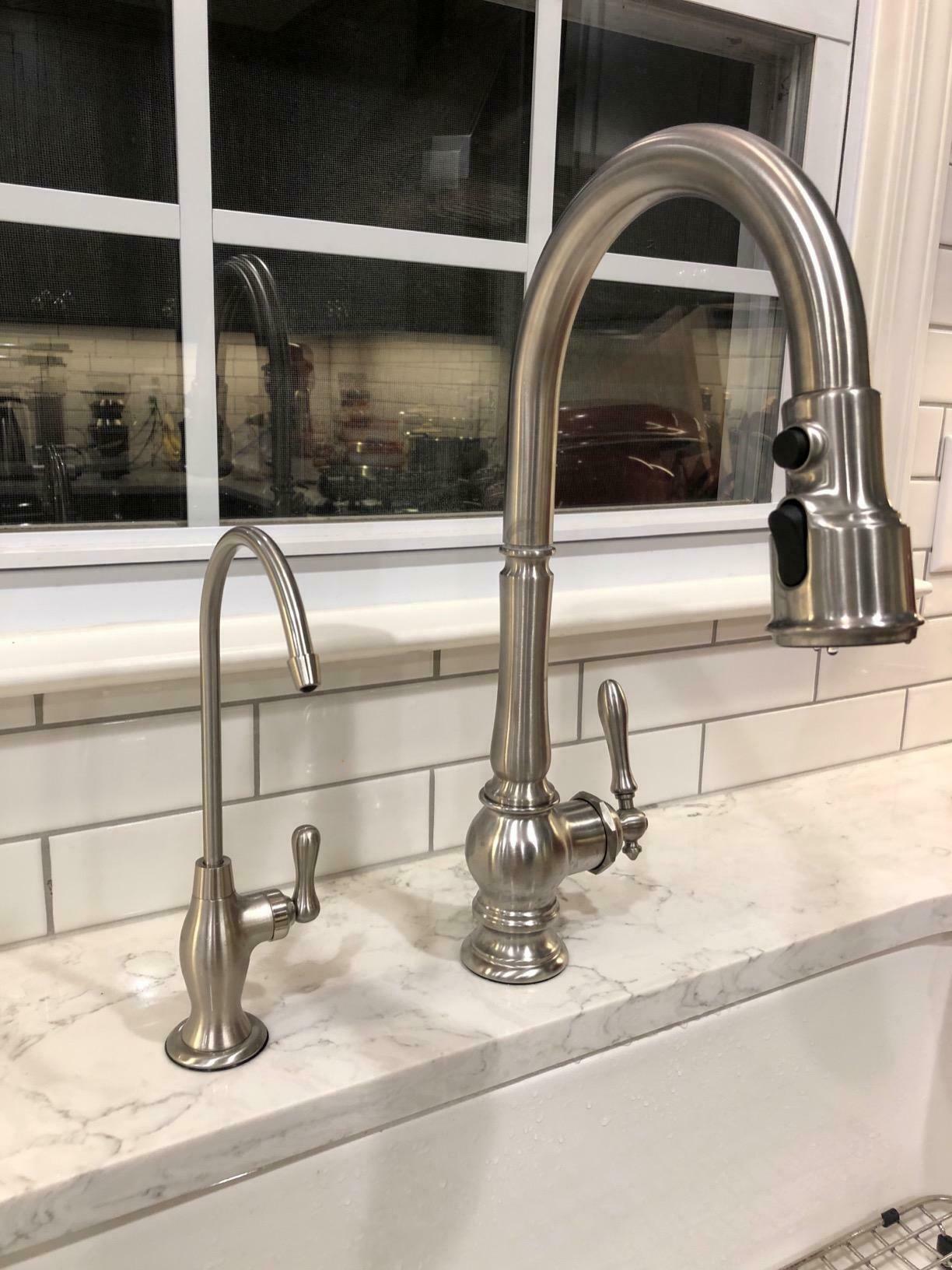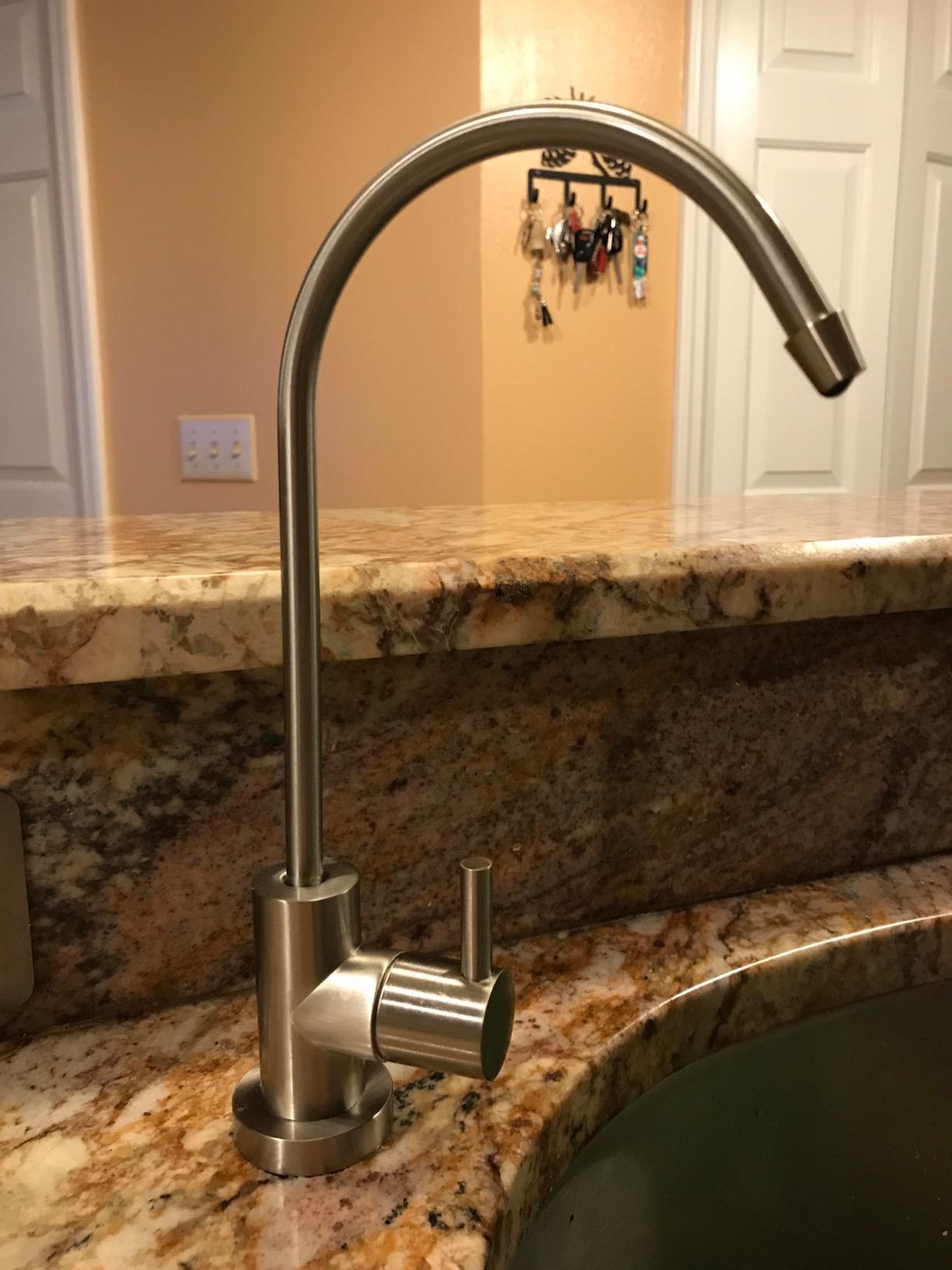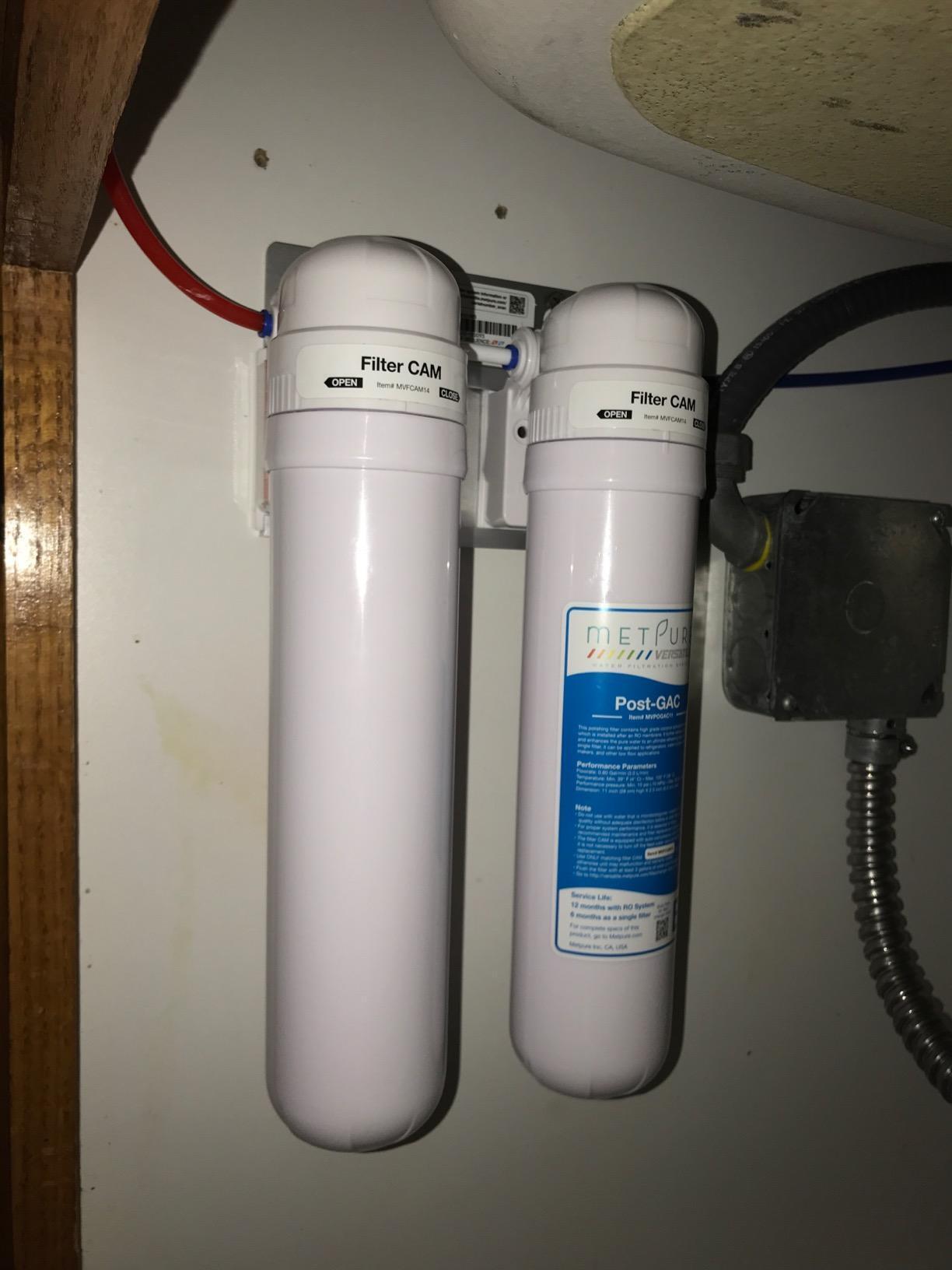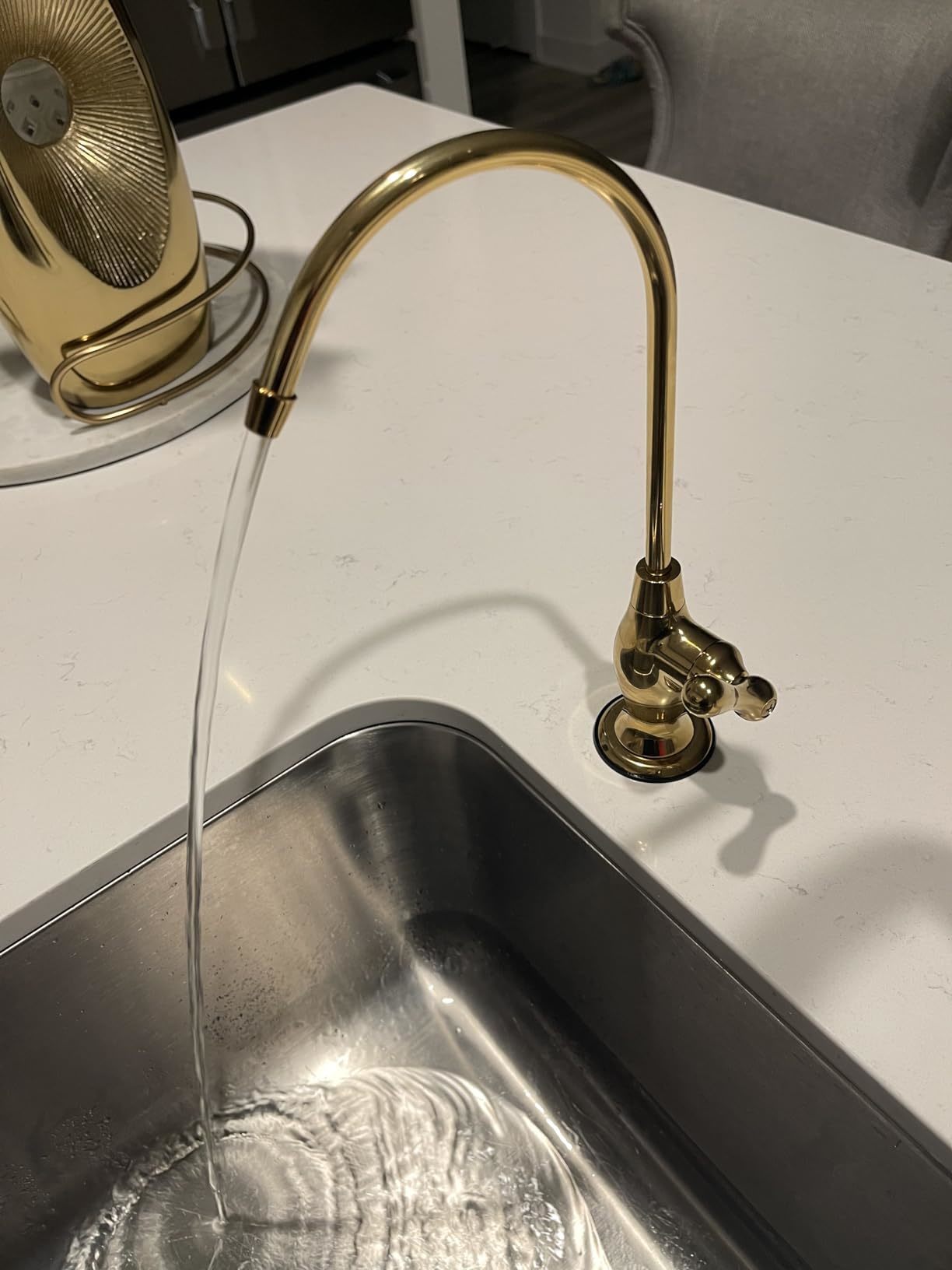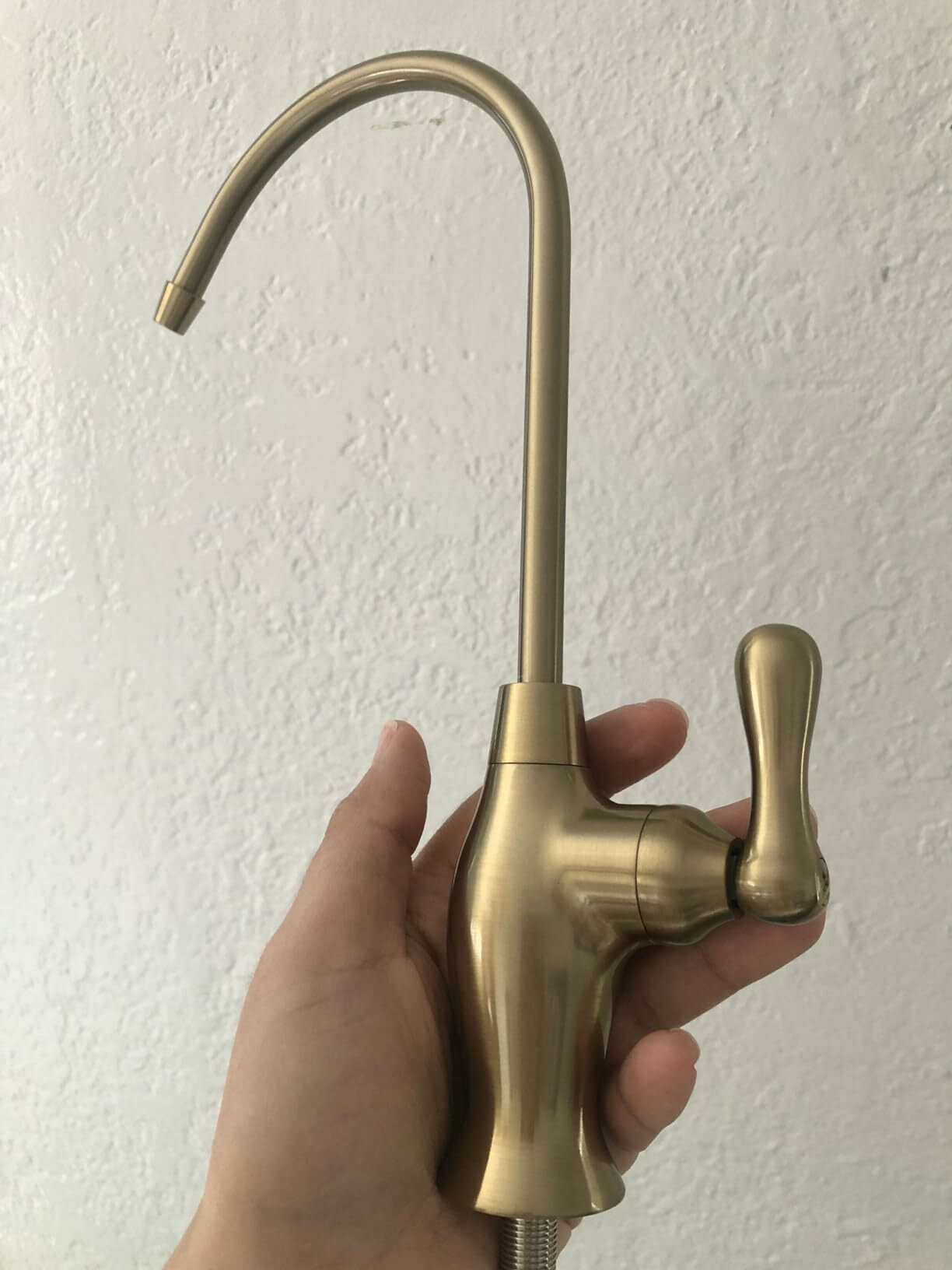How Does a Water Softener Filter Water?
Table of Contents
Water softeners eliminate hardness-causing minerals, boosting the efficiency of your water-using appliances and resulting in less-stiff laundry, softer skin and dishes with fewer spots and residue. Smart softeners add extra features such as water usage monitoring, real-time alerts and leak detection.
Home ion exchange water softeners vary in design and functionality, but all work similarly. Most come in timed or demand-control models.
What is a Water Softener?
A water softener uses the process of ion exchange to remove calcium and magnesium from your home's water, preventing limescale build-up and protecting plumbing and appliances. Softened water can also reduce the negative effects of hard water such as spotty dishes, dry skin and irritated eyes.
The ion exchange process occurs in a water softener tank which is filled with resin beads that are charged with sodium ions. When hard water passes through the resin bed, it exchanges with the calcium and magnesium ions, swapping them for the sodium ions the beads are holding, resulting in softened water. Periodically, the resin bed is regenerated by flushing it with a salt solution made from the salt stored in the brine tank. The brine solution washes the resin beads clean and removes the hardness minerals, which are then flushed down the drain as waste water.
What is a Water Conditioner?
A water softener is a device that uses ion exchange to remove calcium and magnesium from home water. This process creates soft, scaly-free water that is less likely to build up in pipes and appliances, and easier on skin and dishes. Water softeners can also reduce the need for descaling chemicals and other anti-scaling additives, resulting in cost savings and reducing environmental impact. Water softeners are also used by industrial agriculture and manufacturing industries to improve the quality of their products, by removing dissolved minerals that can damage equipment.
In a typical salt-based water softener, hardness minerals flow into a tank filled with negatively charged resin beads (about the size of the tip of a ballpoint pen). The mineral ions are attracted to the resin and swapped for sodium ions. The softened water is then distributed throughout the house. Once the resin beads become saturated with hardness minerals, they are rinsed with a brine solution that flushes away the trapped ions and recharges the resin. This cycle repeats itself continually, making your water consistently soft.
While this system is effective, it does add extra sodium to your home's water. Those who have low-sodium diets may wish to consider a salt-free water softener, which uses potassium instead of sodium to treat hard water. Additionally, traditional water softeners discharge salty wastewater into the environment, which can have negative impacts on the surrounding environment.
What is a Water Filter?
Water filters come in a variety of forms and sizes, from plastic pitcher filters to built-in refrigerator units to faucet and under-the-sink models. They can also be whole-house systems that treat all the water in your home. They can be as simple as a filter on your kitchen tap or as complex as a system that treats the entire home's water supply and includes a storage tank, brine solution tank, and control unit.
Water softeners are designed to address the problems caused by hard water in your home, such as spots on dishes, dry skin and dull hair, scale buildup in pipes and appliances, and clogged bathtubs and showers. The process of water softening works by removing the hardness minerals that cause these issues.
The way water softeners remove these hardness minerals is through ion exchange. The resin bed in the softener contains small polymer beads that are coated with sodium ions. As hard water passes over the resin bed, it picks up the positively charged sodium ions and drops the negatively charged calcium and magnesium ions behind.
Over time, the resin bed will become saturated with these minerals and need to be regenerated. To regenerate the resin, a brine solution of salt and water is flushed through the softener, washing away the collected minerals and replenishing the resin bed with sodium.
Does a Water Softener Filter Water?
Water softeners remove the cations of calcium and magnesium from hard water through a process called ion exchange. During this process, hard water flows into a tank filled with resin beads that have a positive charge that attracts and traps the negative charges of calcium and magnesium ions. This makes the water less harmful to pipes, appliances and plumbing fixtures, and more gentle on skin, hair and laundry.
Over time, the resin beads can get clogged with the minerals that make up hard water. To avoid this, the system regularly performs a cycle known as regeneration. During the regeneration process, a brine solution is rinsed over the resin beads to remove and replace the cations of calcium and magnesium with the positively charged sodium ions found in salt. This process makes the resin beads clean and ready to begin removing hard water again.
While water softeners are effective at reducing hardness levels, they cannot remove bacteria, chlorine, iron, PFOA, PFAS or other contaminants that may be present in your drinking and cooking water. In order to lower the toxicity of your home’s water, you will need additional treatment equipment like a water filter or reverse osmosis. If you are concerned about the presence of these pollutants in your home’s water, consider having it tested to identify any potential issues and to learn more about the best water treatment solutions for your family.


